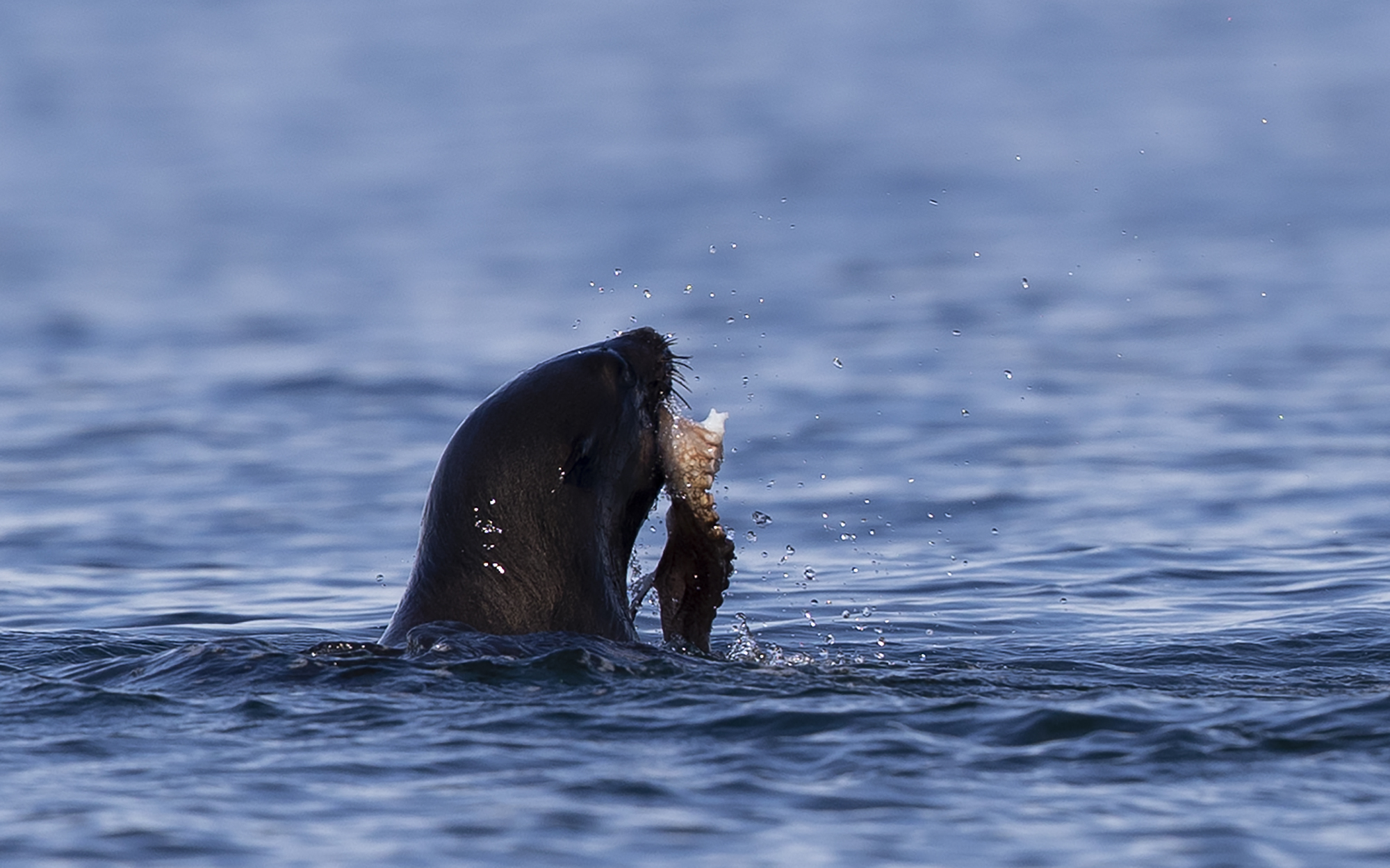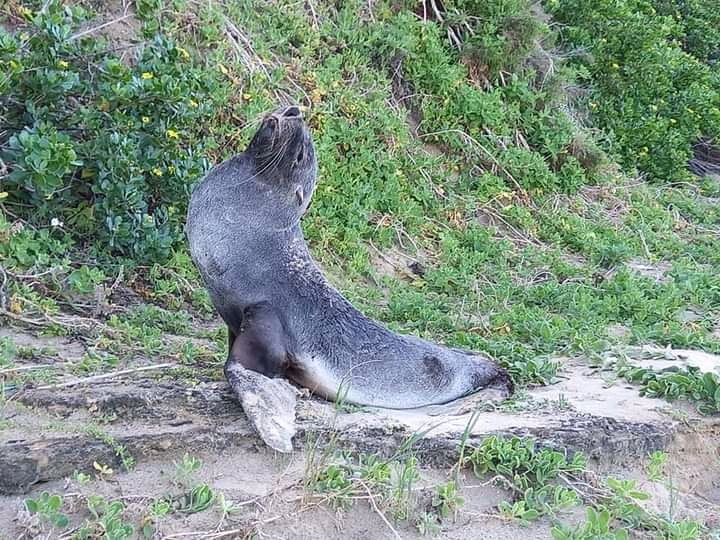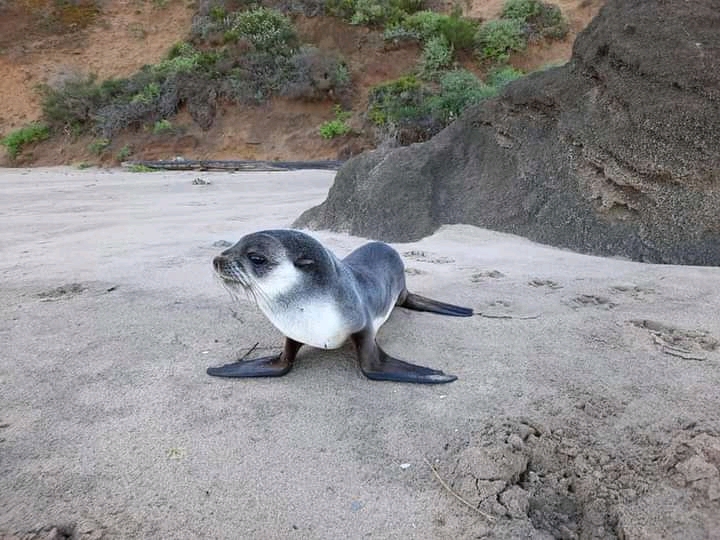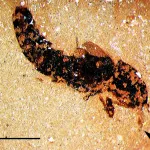OUR BURNING PLANET
Southern Ocean seal species increasingly straying into South African waters

Marine experts are still trying to find out why there has been an increase in the number of species of seals on South African shores over the past two years. This comes as yet another antarctic fur seal was spotted.
Why did the seal cross the ocean? That’s the question marine experts are trying to answer as they witness an increase in sightings of rare visitors to South African shores.
Over the past two years, there have been several sightings of antarctic fur seals, crabeater seals and leopard seals on the country’s coast — the most recent was the spotting and rescuing of an antarctic fur seal on 10 August.
Dr Greg Hofmeyr, curator of marine mammals research at Bayworld in Gqeberha said they were collecting data and samples to study these recent increases.
“At this stage, we don’t really know why we are seeing more Antarctic fur seals ashore. One possible factor is the effects of climate change on the Southern Ocean. While the numbers of this species rebounded following near extinction at the beginning of the 20th century, there haven’t been recent dramatic increases in abundance,” he said.

A Cape fur seal (Arctocephalus pusillus) hunts an octopus (Octopus vulgaris) in False Bay, Cape Town, South Africa, 05 May 2020. (Photo: EPA-EFE/NIC BOTHMA)
Hofmeyr said it is important that samples and data are collected to attempt to establish why these animals are visiting South Africa.
“To shed light on increases in the numbers of vagrant seals, we need to find out the possible places where they come from. We can do this through genetic analysis of samples,” he said.
Hofmeyr said there was no record of any Antarctic fur seals on South African shores before 2016.
“(In 2016) an adult male Antarctic fur seal came to the KwaZulu-Natal coast. It was rehabilitated and released by our sister institution Sea World in Durban. The next one was recorded in 2018. There was another one last year and further four Antarctic fur seals have come ashore this year,” said Hofmeyr, adding that the most recent incident was on 10 August.
Hofmeyr said seals are rehabilitated and released with a satellite tracker attached to them, to follow their movements and behaviour. Trackers also allow scientists to assess the short-term survival of released animals and monitor the success of the rehabilitation programme.
“The adult male that came in 2016 was named Bear; we took him offshore and released him into the Agulhas Current which carried him southwards. In collaboration with my colleagues from the Department of Fisheries, Forestry and the Environment (DFFE) we were able to track Bear for four and a half months and during that time, he had travelled 10,000km. We have done the same with the others to learn more about them,” he said.
Hofmeyr said antarctic fur seals are found on the islands of the Southern Ocean between South Africa and Antarctica. They travel several thousand kilometres to reach South Africa.
According to Hofmeyr, the crabeater seal has also recently been discovered along South African coasts — a species typically found on pack ice around Antarctica. Their occurrence along South Africa’s shoreline is rare.
“For the past 70-years only 35 crabeater seals have been recorded on South African shores, but this year alone we have already recorded three. Two came ashore in January on the same day, one in KwaZulu-Natal and another one in Mgwalana near East London in the Eastern Cape. We released both seals after rehabilitation,” he said.
Hofmeyr said that about three months ago a third crabeater seal came ashore at Wilderness in the Western Cape and is due to be released next week.
“Last year we had a large number of leopard seals on the shore. These are unusual events. We don’t know if these are part of major long-term changes, or if they are linked to climate change, but each time one of these animals comes onshore, it gives us an opportunity to find out more about them and their environment. This will be done as part of a broader research project in collaboration with various scientists including Mdu Seakamela from the department of forestry and environment, Professor Marthán Bester of Pretoria University and Dr Francois Lampen of Sea World,” said Hofmeyr.
Mark Dixon, founder and project manager of Strandloper Project which operates along the Garden Route, said as a registered agent of the Gqeberha museum, his team assisted in the rescue, monitoring and recovery of five seals in the past three weeks, namely three cape fur seals, one subantarctic fur seal and one antarctic fur seal.
Dixon said: “In July, no less than two antarctic seals visited our shores, one in Sedgefield and the second one west of Mossel Bay. Both were undernourished and were captured for rehabilitation. While the reasons for these two species reaching our shores are not fully understood, it could be a combination of two related factors, namely climate change and the series of extremely low-pressure cold fronts that swept up from the Antarctic region to batter the southern coastline of South Africa”.
He said it is possible that, while out searching for food, these southern seal species were caught up in deflected surface currents that carried them further north than usual.
“In rehab, they will be fed up to a length-related target weight and then released into the fast-flowing Agulhas Current approximately 40 nautical miles offshore. Previous southern seals that have been tracked after release show that they can travel southwards at approximately 200km per day, a journey that will take up to 25 days for them to reach their home range,” he said. DM/OBP





















 Become an Insider
Become an Insider
Great article, thanks.
Thanks for the great work being done; rehab, research and reporting!